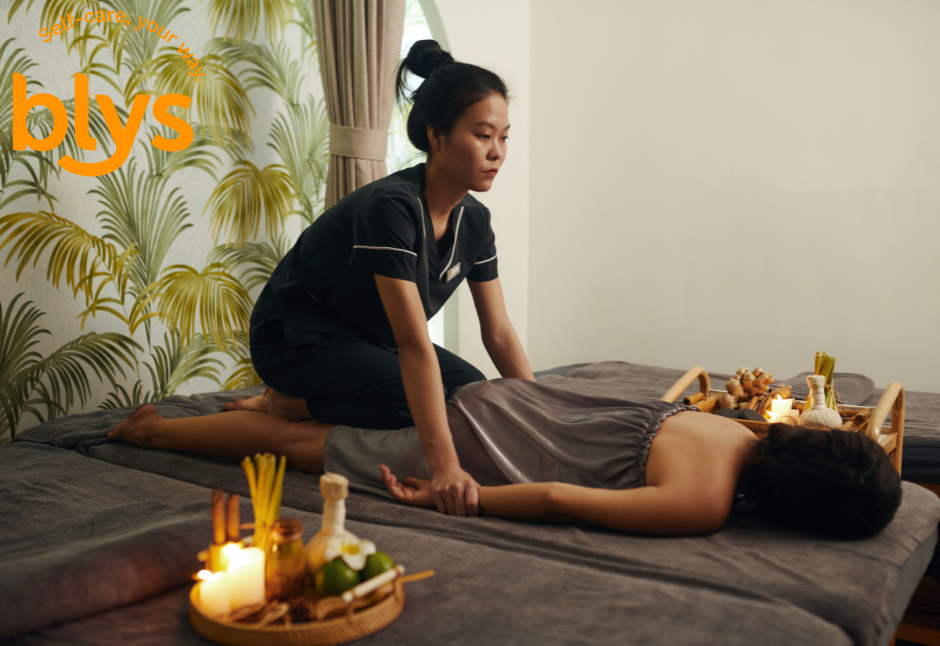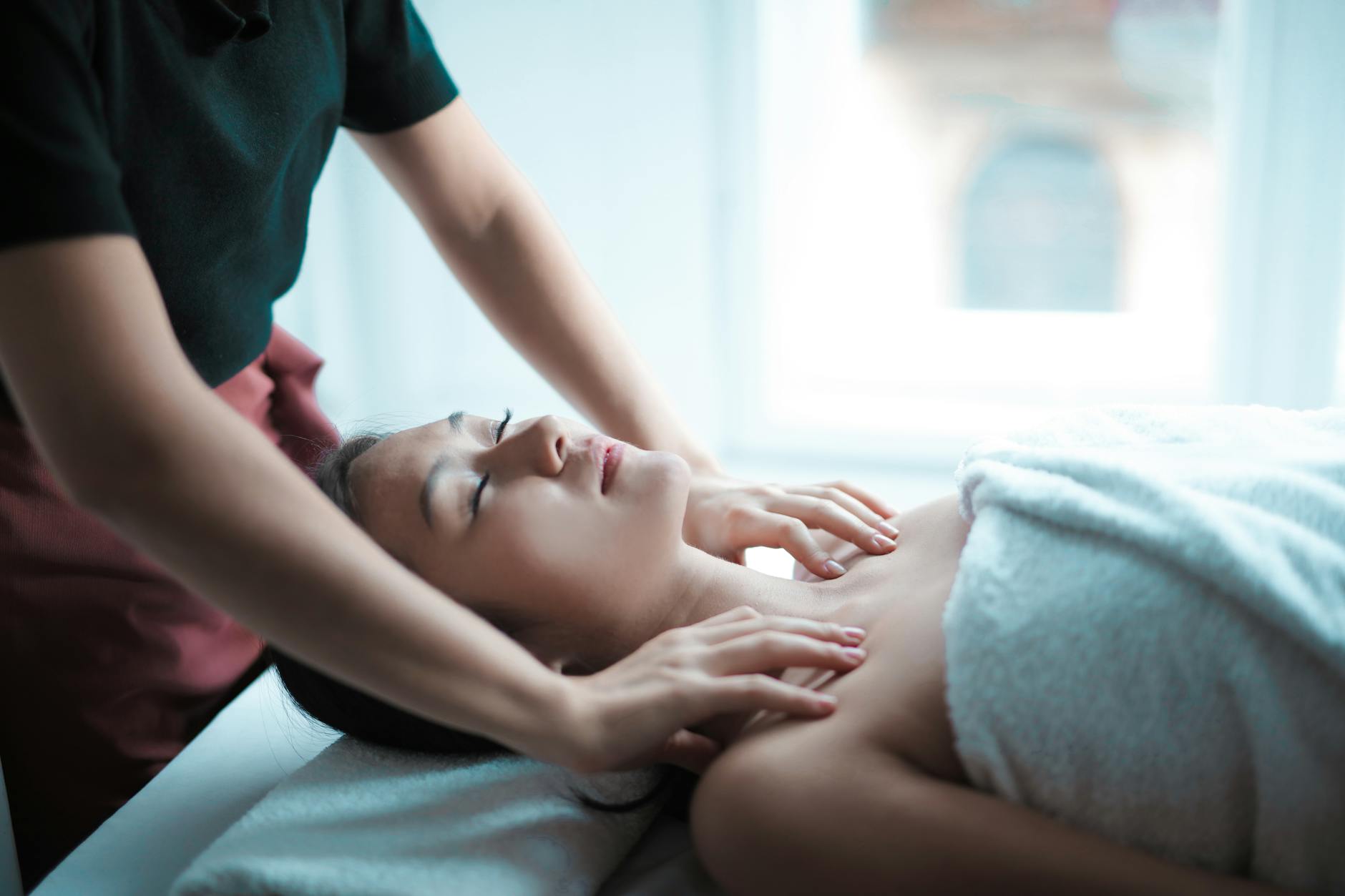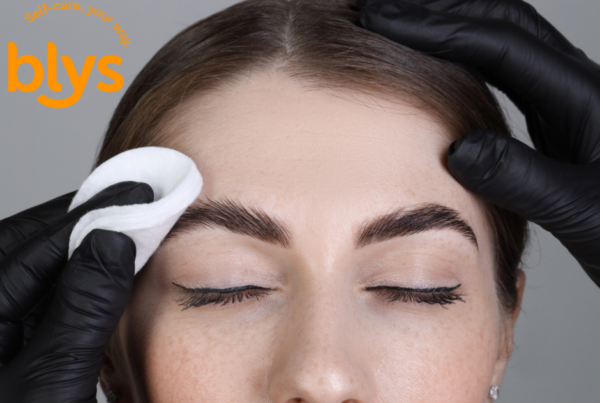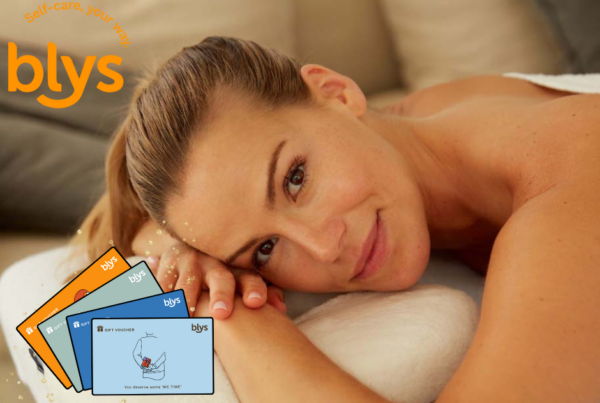
As December approaches, workloads peak, social plans pile up, and sleep routines slip. This constant pressure keeps cortisol levels high, which research links to tighter muscles, restless sleep, and overall fatigue. The tension usually settles in the shoulders, hips, and lower back — the areas that hold most of your daily stress and posture.
When these muscles stay tight for weeks, your body becomes stiff, less mobile, and more reactive to even simple movements. That’s why many people feel worn out before the holidays begin. It also highlights why stretching-based therapies are so effective for easing deep, long-held tension at this time of year.
What Makes Traditional Thai Massage Unique
Traditional Thai massage stands out because it blends assisted stretching with slow, yoga-like movements that help your body open up without effort. Instead of lying passively on a table, you’re guided through positions that lengthen tight muscles and improve natural range of motion.
Therapists also use acupressure along the body’s energy lines, applying focused pressure to release stubborn knots and encourage better circulation. This is paired with rhythmic compression—gentle rocking, pressing, and joint mobilisation that helps your body move more freely.
Together, these techniques reach deeper layers of tension than a standard relaxation or oil massage, making Thai massage especially effective for people dealing with stiffness, stress, or limited mobility.
Science-Backed Benefits of Thai Massage
Thai massage combines stretching, acupressure, and rhythmic compression in a way that delivers both physical and mental relief. Research shows these techniques work together to loosen tight muscles, calm the nervous system, and improve overall mobility making it an ideal choice when your body feels the pressure of the holiday season.
Key benefits include:
- Better flexibility and movement: Studies show Thai massage increases joint range and lengthens tight muscle.
- Lower stress levels: Acupressure is linked to reduced cortisol and improved mood.
- Improved circulation: Rhythmic compression encourages healthy blood flow.
- More restful sleep: Less tension supports deeper, more consistent sleep.
Together, these effects make Thai massage a quick reset when December becomes demanding. Even one session can ease stiffness, clear your head, and help your body feel more balanced for the week ahead.
Book a mobile Thai massage near me through Blys and feel the difference.
Why Thai Massage Fits Perfectly Into December
December brings a unique mix of pressure, long workdays, endless errands, social events, and disrupted routines. Thai massage works exceptionally well during this period because it delivers immediate relief for the tension that builds from all the extra activity.
The combination of stretching and acupressure helps loosen muscles that tighten from long sitting hours, holiday travel, and carrying heavy bags during shopping trips.
It also supports mental calm before back-to-back gatherings. The slow, guided movements and rhythmic pressure calm the nervous system, making it easier to stay grounded during a busy social season.
For many people, Thai massage becomes a reset button for end-of-year burnout, helping the body feel lighter, clearer, and more mobile going into the peak of the holidays.
Thai Massage vs Relaxation or Remedial Massage
Each massage style offers different benefits, and understanding these differences helps you choose what your body needs most during the busy holiday season. Thai massage focuses on stretching, mobility, and acupressure, while relaxation and remedial massage rely more on hands-on pressure, muscle work, and targeted treatment.
Here’s a quick comparison:
|
Massage Type |
Best For | Key Techniques | Ideal When |
| Traditional Thai Massage | Stiffness, low mobility, full-body tension | Assisted stretching, acupressure, rhythmic compression |
You feel tight from sitting, travel, or stress |
| General stress, light muscle tension, calming the mind | Long flowing strokes, gentle pressure | You want a soothing, slow-paced session | |
| Remedial Massage | Specific pain areas, injuries, posture issues | Deep tissue, trigger point work, targeted treatment |
You need focused work on a problem area |
Stretching-based therapy is more effective when tension is widespread and mobility feels restricted. Remedial treatment works best when pain is localised. Many people use both during stressful periods — Thai to loosen the whole body and remedial to fine-tune problem spots.
For a broader comparison of massage styles, see our guide on remedial vs relaxation massage.
What to Expect From an At-Home Thai Massage Session
An at-home Thai massage gives you the full traditional experience without needing to travel or work around clinic hours. Your therapist brings a comfortable mat and sets up a small clear area on the floor where you can stretch and move easily.
Since Thai massage focuses on mobility and acupressure rather than oils, you’ll stay fully clothed in loose, flexible clothing.
Here’s what the session usually includes:
- Simple space setup: A clear floor area for mat-based stretching and pressure work.
- Clothing and comfort: Loose clothing helps you move freely throughout the session.
- Guided stretching and acupressure: Your therapist moves your body through gentle stretches and targeted pressure sequences.
- Adjustable intensity: Stretch depth and pressure can be softened or increased based on your comfort.
- Safety notes: Anyone with recent injuries or complex conditions should check with their GP first.
By the end, most people feel lighter, more mobile, and mentally clearer — a noticeable shift that makes the rest of the week feel easier, especially during the holiday rush.
If you’re booking for the first time, our guide on choosing the right massage therapist can help you feel confident in your decision.
How to Prepare Your Space for the Best Results
Preparing your space ahead of time can make your Thai massage session feel smoother, calmer, and far more effective. Because this style of bodywork involves stretching, guided movements, and floor-based positions, having the right setup helps your body relax and move without restriction. A few simple adjustments can turn your living room or bedroom into a comfortable treatment space that supports a deeper release.
Here’s what to set up before your therapist arrives:
- Clear floor area: Make enough space for a mat and full-body stretches.
- Light hydration: Drink a small amount of water to stay comfortable throughout the session.
- Comfortable clothing: Wear loose, flexible clothes that allow easy movement.
- Avoid heavy meals: A lighter stomach helps your body respond better to stretching.
- Optional calming extras: Soft lighting, a quiet room, or gentle music can enhance relaxation.
Taking a few minutes to prepare creates the ideal environment for your therapist and helps you settle into each stretch more easily, leading to better overall results.
Who Benefits Most From Thai Massage
Thai massage is designed for people who need deeper tension release, better mobility, and relief from stress patterns that build over time. Its combination of stretching, acupressure, and gentle pressure makes it suitable for a wide range of lifestyles and body types.
1. Office Workers With Tight Hips and Shoulders
Hours spent at a desk shorten the hip flexors, round the shoulders, and create tension across the upper back. The long, guided stretches in Thai massage help undo this stiffness, improving posture and reducing the ache that builds up from repetitive sitting.
2. Parents and Carers Managing the Festive Rush
Carrying kids, juggling tasks, and being constantly “on” can leave the whole body fatigued. Thai massage offers a full-body reset, releasing the deep tension that builds from physical workload and mental overwhelm.
3. Travellers Recovering From Long Flights
Long flights compress joints and slow circulation. Thai massage helps restore blood flow, ease tight hips and lower back muscles, and relieve the heaviness many feel after hours of sitting in transit.
4. Gym-Goers Wanting Better Mobility
Assisted stretching helps increase range of motion, reduce muscle tightness, and support recovery, ideal for anyone training regularly or feeling stiff after workouts.
5. People With Recurring Tension Patterns
Some people feel tight in the same spots week after week. The targeted stretches and acupressure techniques in Thai massage reach deeper layers of muscle tension, helping break long-held patterns.
Wrapping Up
Thai massage stands out during the busiest months of the year because it offers a level of release that regular massage often can’t reach. The unique blend of stretching, acupressure, and guided movement works through deep tension patterns, helping your body feel lighter, more open, and less reactive to December stress.
It supports both physical mobility and mental calm, making it ideal for anyone trying to stay balanced while juggling work deadlines, travel, and festive commitments. Even a single session can create a noticeable shift in how you move and how clearly you think.
Book your Thai massage today and stretch out holiday stress before the season gets hectic.





